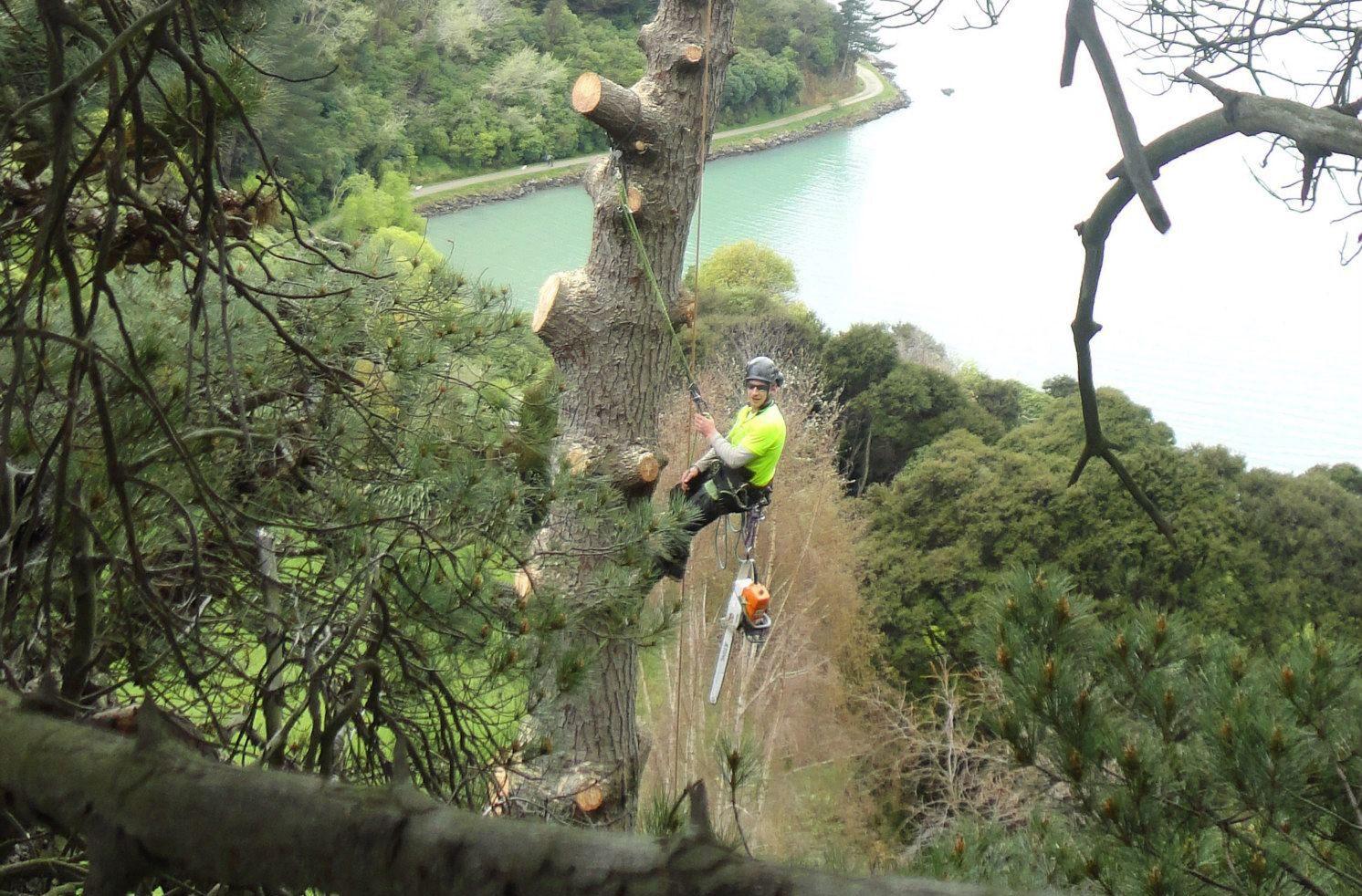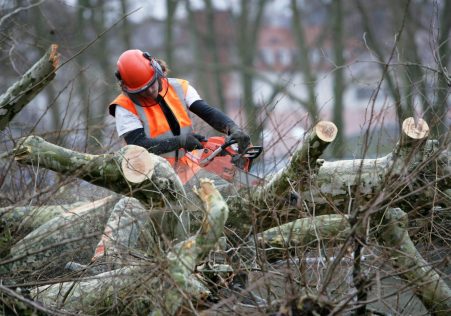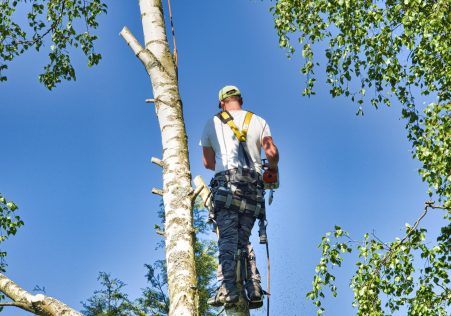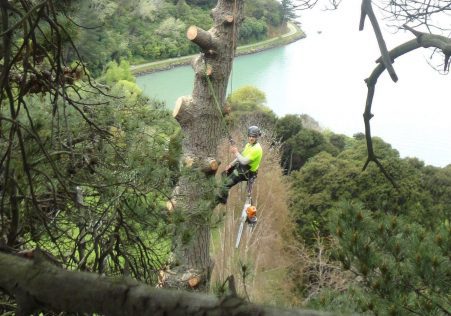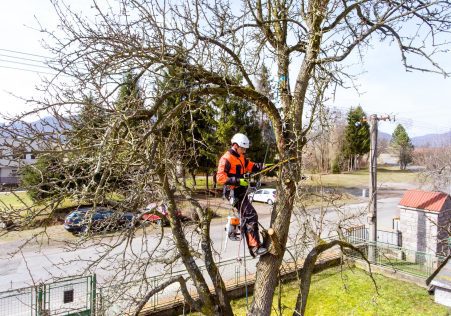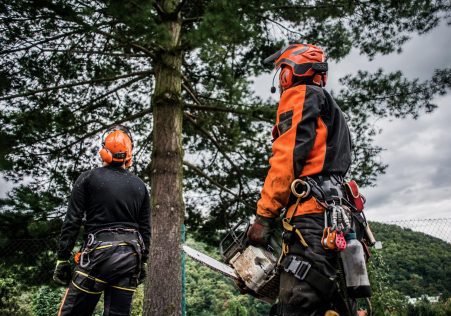The Consequences of Destroying a Protected Tree and How to Avoid These
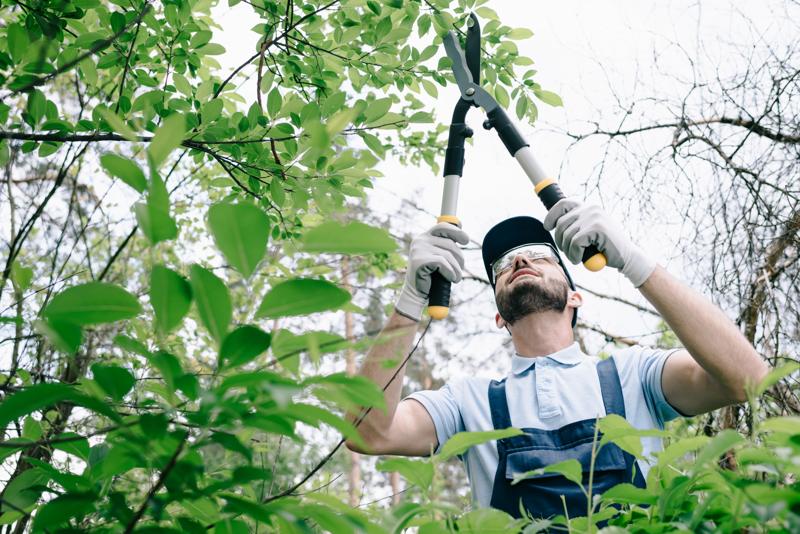
Trees play an essential contribution to our ecosystem as they provide shade, clean air and aesthetic value to our surroundings. However there are a few trees that aren’t identical and some are granted additional protection status, making it illegal to perform any activity without authorization. If you are considering having a tree removed, it’s essential to understand the status of protection for the tree being considered, and the steps you have to take to ensure compliance with the legal requirements. This article we will help you understand the process of determining whether trees are secured and the steps you have take to be sure that you are acting within the law.
What is a protected tree?
A protected tree has been subjected to certain laws and regulations It is illegal to do works on a tree without obtaining the necessary permissions. There are two kinds of protection that trees may have - preservation orders and protection orders.
Legal protection
In the context of statutory protection, trees are protected by the law, and they are subject to Tree Preservation Orders (TPOs). TPOs are enacted by local authorities in order to protect trees with a significant public value and ensure they are not damaged or destroyed.
Preservation orders
Preservation orders are like TPOs in that they are put in place by the Secretary of State for the Environment. Trees with preservation orders are considered to be of exceptional value and are shielded from any kind of work, including felling.
How do I know when a tree is in danger?
To determine whether trees are protected, you must to determine if the tree is in the process of being subject to the protection of a TPO or preservation or protection order. This can be done by contacting the local authority and asking them to check their records.
TPO search
If you want to find the TPO, you can contact an Tree and Woodland officer of your local authority, who will inform you if the tree is protected. They’ll also be able advise you about the next steps to follow if the tree is protected.
Preservation order search
To search for a preservation order, you’ll need to call the Secretary of State for the Environment. They can inform you if the tree is protected and will provide the required information and guidelines.
FAQs:
What is the consequence if I do work on a tree that is protected without permission?
If you do work on a tree that is protected without obtaining the necessary authorizations, you could be subject to significant fines, and possibly even jail time.
Can I appeal a TPO or preservation order?
You can appeal an appeal of a TPO or preservation decision if you believe it’s not justifiable. You will have to provide evidence to support your argument and demonstrate your argument as to why the TPO or order to preserve isn’t needed.
Can I remove a protected tree?
It is against the law to remove trees that are protected without the required permissions. If you require the tree to be removed then you must request permission and submit the evidence needed to prove your case.
Conclusion
In the end, determining if the tree is protected is a crucial step to ensure that any tree work legally completed. Understanding the different kinds of protection and the best way to identify them, you can ensure that you’re in compliance with the law and protecting the trees in your care. If you’re not sure about the status of protection for the tree you are in charge of, we suggest seeking advice from a reputable tree specialist such as Penrith Tree Trimming. Our team of experienced arborists can advise you about the protection status of your trees and walk you through the necessary steps to ensure you are complying with the laws. With our expertise and commitment to providing top-quality tree care We can assist you to maintain the beauty and value of your trees. Contact us today by calling 0480 024 203 to schedule a consultation and let us assist you to keep your trees safe and healthy.

